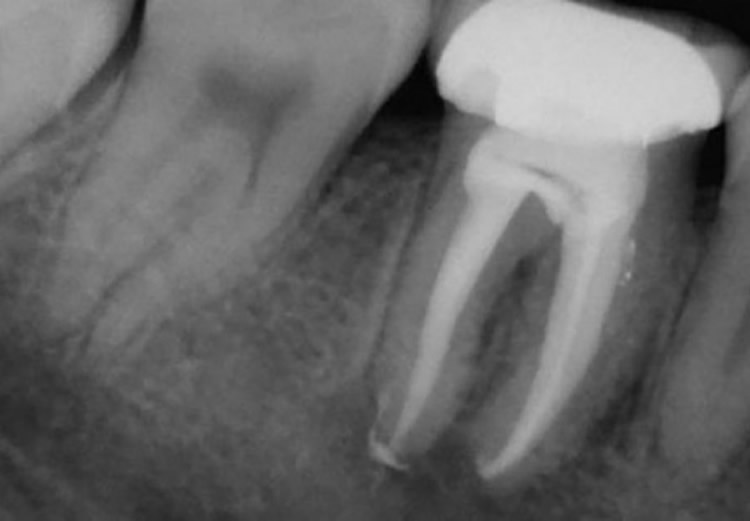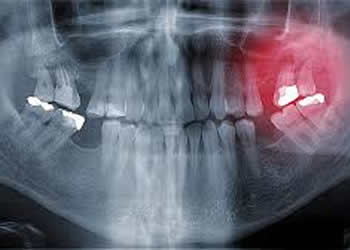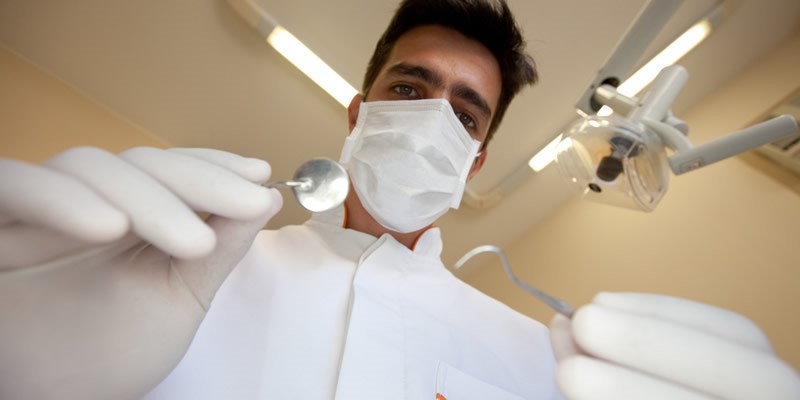Dental Amalgam Controversy
The dental amalgam controversy has existed since the first dental amalgam/mercury fillings were introduced in the 1820’s. The issue is not if mercury is toxic, for it is a known and proven neurotoxin. The issue is whether the mercury in dental amalgam escapes and contributes to or causes illness. The American Dental Association and many practicing dentists believe amalgams to be safe. However, a growing number of researchers and dentists believe that amalgams are an unrecognized serious health risk.
The “Amalgam is Safe” Viewpoint
The 1988 report from the ADA’s Council on Scientific Affairs states: “The Council concludes that, based on available scientific information, amalgam continues to be a safe and effective restorative material.” The Council’s report also stated, “There currently appears to be no justification for discontinuing the use of dental amalgam.” More information regarding the ADA’s position on amalgam fillings can be found at www.ada.org. The FDA, NIDR, USPHS, National MS Society and Consumers Union are all in agreement with the ADA.
This ideology promotes the idea that when mercury is mixed with the other components that make up the amalgam filling, stable compounds are formed and only trace amounts of metallic mercury remain. More significant sources of mercury exposure are from food, water and air. Amalgam is a cost effective, quick way to restore teeth and hundreds of thousands of amalgams are placed each year. Therefore, the unjustified removal of amalgams is an unnecessary risk which increases the potential for other complications.
The “Amalgam is Unsafe” Viewpoint
Mercury toxicity experts all over the world claim that mercury fillings should not be used. There is extensive research to support this position (www.iaomt.org, www.holisticdental.org, www.iabdm.org). Experts believe that removing existing amalgams should be accomplished using specific protocols and the removal of mercury fillings without adjunctive therapies is not recommended. The adjunctive protocols may include but are not limited to; body chemistry analysis (blood, urine, hair, etc.), electrodermal screening, applied kinesiology, homeopathy, biocompatibility testing and chelation therapy. Many of these protocols are empirical, but the concept is that there must be regard for physiologic issues. It is necessary to understand that dental treatment to remove the possible source of toxicity is a separate issue from medical treatment to detoxify the body. You will likely need both to give your body a chance to heal.
Many diseases and symptoms have been reported to resolve or be reduced when dental amalgam is removed:see chart: Diseases / Symptoms Alleviated – Table 1. Keep in mind, diseases are complex and multiple factors are almost always involved. Consultations with dentists, physicians, and other health care professionals are recommended.
Root Canal Controversy
When the nerve of a tooth dies, there is no longer adequate blood supply coming into the tooth and it becomes infected with bacteria. This can happen due to decay, a crack , trauma or previous dental treatment. If the infected tooth is left untreated, pain, swelling, bone loss, and in extreme cases death can occur. A dead tooth can remain “asymptomatic” for a period of time or the infection can drain creating an abscess. Even though there is no pain in this circumstance, bone loss, systemic circulation of bacterial toxins and a drain on the immune system ensues.
There are two treatment options for a dead or dying tooth:
- Root Canal Therapy (RCT): involves removing the nerve, blood vessels, and lymph tissue from within the tooth and then sealing the empty chamber with a filling substance called gutta percha (may contain cadmium and mercury salts). Because the integrity of the tooth structure is usually compromised with RCT, a crown is typically placed over the remaining tooth structure.
- Tooth Extraction: The infected tooth is removed and the site is allowed to heal for several weeks. Once the extraction site is healed, tooth replacement (removable partial denture, bridge, dental implant) can begin.
Root Canal Therapy is Safe
Root Canal Therapy (RCT) is the conventional standard of care for a dead or dying tooth. RCT has been practiced for almost a century and the American Dental Association has recognized endodontics (RCT) as a specialty within the field of dentistry. It is estimated that 14 million root canals are performed every year by general dentists and endodontic specialists. More detailed information can be found on the American Dental Association website.
Root Canal Toxicity = Unsafe
If you have a healthy diet and lifestyle and a strong immune system, you may be able to tolerate keeping a root canalled tooth in your body. However, a root canal treated tooth that is currently being tolerated may become intolerable in the future due to age, illness, or breakdown of the root canal materials.
In a root canal treated tooth, most of the nerve is removed. However, countless minute tubules leading from the central nerve canal remain untreated. The average tooth contains over three miles of these tubules making it physically impossible to clean them all and sterilize the tooth. Debris collects, tissue putrefies and becomes infected, and bacteria flourish. The resultant production of toxic gases and solutions from these chronic infections challenge the immune system and can lead to illness.
A holistic approach to dentistry avoids root canals whenever possible. They represent a stress on the immune system that can manifest in many ways throughout the body. If a root canal is the only treatment available to save a tooth, Dr. Tara Kaur will help educated you about what a root canal is, the possible consequences of living with the root canalled tooth and alternatives to root canals which may be an important part of avoiding future serious health consequences.
Article Sources:
https://www.tarakaurdds.com/dental-amalgam-controversy/
https://www.tarakaurdds.com/root-canal-controversy/













